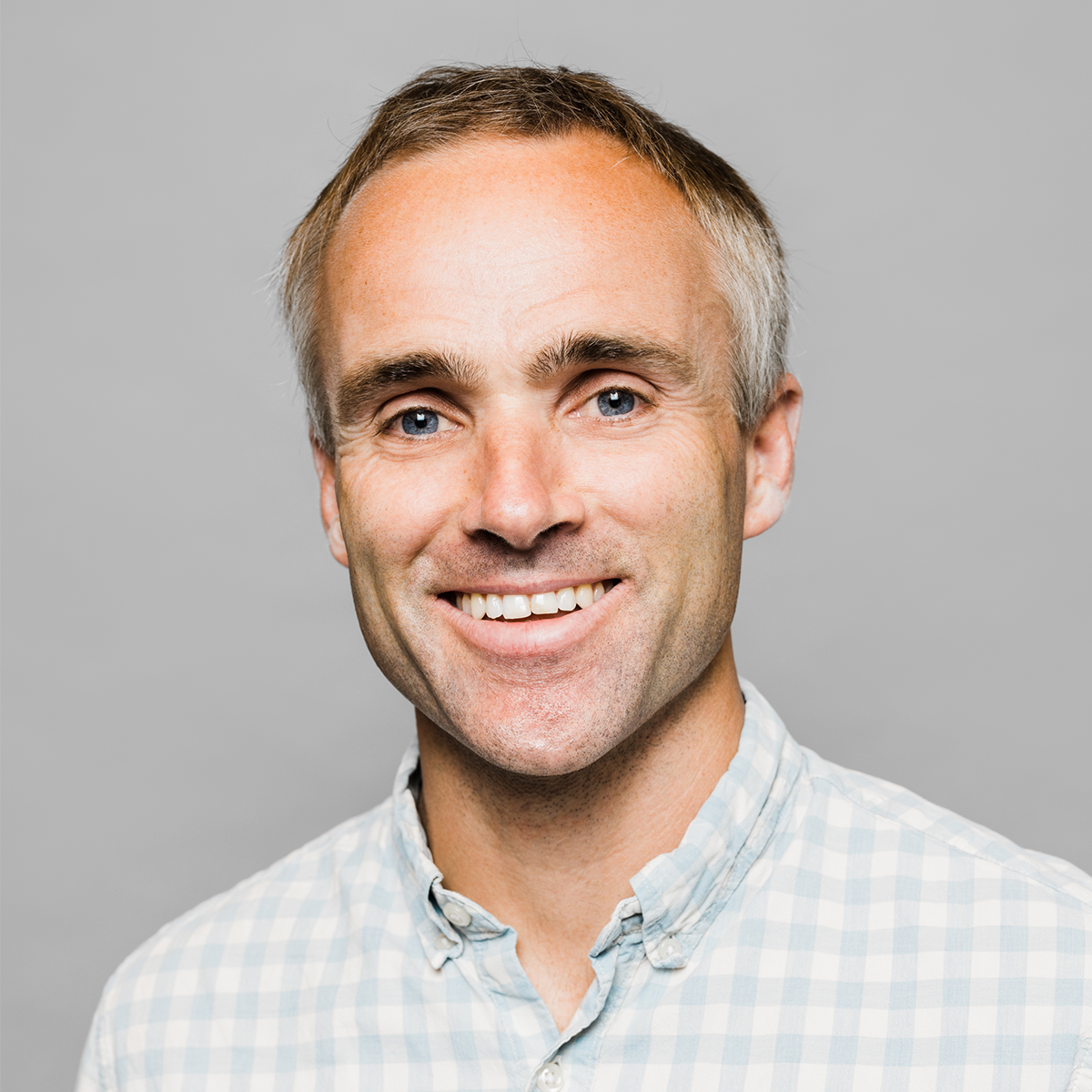The recent journey of the New Horizons probe to Pluto and release of the movie Interstellar have reinvigorated my excitement in the awe-inspiring field of physics. Physics strikes me as a field that directly welcomes the challenge of the unknowable, seeks it out, and attempts to make sense of it. Where better to search for ways to push our clients and ourselves to imagine what we have not yet dared to imagine than physics, where “what if” is the most rote question they hear?
As a physics novice and hungry to explore it, I investigated the most progressive theory I have heard of in the field as a starting point. Thomas Young’s double-slit experiment was as far as I needed to go to be totally overwhelmed and inspired. Generalizing the results of his experiment greatly, Young demonstrated that light exists both as waves and particles. As if that weren’t mind blowing enough, light changed its form based on whether it was being observed or not. The observer assigned meaning to the unobserved state of potential. That’s crazy!
Great, what do waves and particles have to do with facilitating meaningful change? Facilitators play the role of the objective observer in Young’s experiment. Facilitators are tasked with maintaining the most effective balance between encouraging participants to be open to possibility and asking them to apply judgment to that possibility in order to create the meaning from it.
But wait, there’s more. While maintaining the appropriate balance of exploration and focus is important to the practice of facilitation, how you feel while exploring or judging may be equally important. Barbara Fredrickson’s broaden-and-build theory posits that when people experience positive emotions, they are able to consider a wider array of possible actions they could take. Conversely, when people experience more negative emotions like anxiety, they narrow their thinking. So, helping participants experience more positive emotions may amplify their openness and enable them to identify the widest range of solutions to a problem. And helping participants experience an appropriate amount of anxiety when judging those solutions may enhance their ability to sift through them in order to choose the most effective solution.
Effecting real change is a complex multidimensional process. When considered together, Fredrickson and Young’s work support the notion that what you observe during that process and how you feel while observing it define your result. Facilitators who recognize the power of observation and emotions can more effectively maintain the appropriate balance between openness and judgment and amplify the quality of each in order to achieve the most meaningful change.
Mason Smith is a Solution Design Partner at Collective Next. Mason received his Psy.D. in Clinical Psychology from the Massachusetts School of Professional Psychology, now William James College. Before joining Collective Next, he was a clinician at Vorpahl Psychology Associates, LLC where he performed individual, family, and group therapy. You’ll find Mason’s nickname and more on our Team page.





